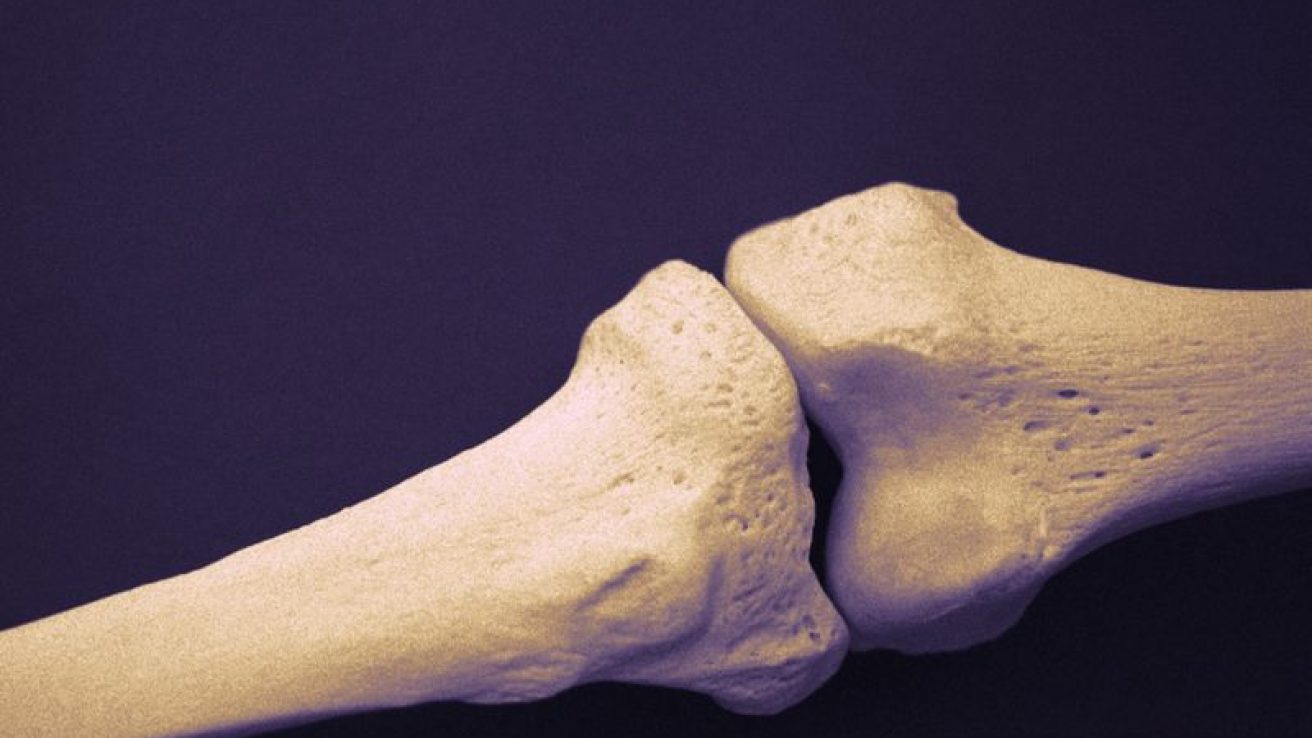MONDAY, Nov. 30, 2020 (HealthDay News) — For adults with psoriatic diseases, the likelihood of developing bone fractures is increased, although they have no increased risk for osteoporosis, according to a review published online Nov. 19 in the Journal of Clinical Medicine.
Tai-Li Chen, M.D., from Hualien Tzu Chi Hospital in Taiwan, and colleagues examined bone mineral density (BMD) and the risk for osteoporosis and fractures in patients with psoriatic diseases, including cutaneous psoriasis and psoriatic arthritis, in a systematic review and meta-analysis. Data were included from published observational studies and the random-effect model was used to perform the meta-analysis.
The researchers observed no significant difference between patients with psoriatic disease and nonpsoriatic controls in terms of the standardized mean difference in the absolute value of BMD at the lumbar spine, femoral neck, or total hip. No increased risk for osteoporosis was seen in patients with psoriatic disease in the pooled results of the adjusted odds ratios. The odds ratio for developing bone fractures was increased among patients with psoriatic disease (adjusted odds ratio, 1.09).
“Our results indicate that patients with psoriatic disease may be more likely to develop fractures compared with nonpsoriatic controls. This higher risk for fracture may not necessarily be associated with lower BMD nor a higher risk of osteoporosis,” the authors write. “Based on our findings, we suggest that preventive measures for fractures may be beneficial in current clinical practice for such patients.”
Abstract/Full Text (subscription or payment may be required)









